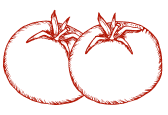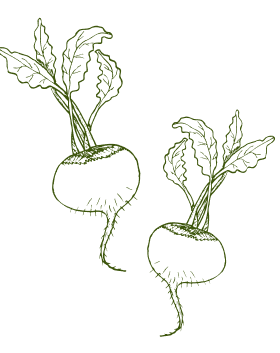This post contains Amazon affiliate links. As an Amazon Associate, I earn from qualifying purchases at no additional cost to you. This helps support my blog and allows me to continue creating content. Thank you for your support!
When it comes to eco-friendly crafting, we’re all trying to make better choices—swapping plastic for biodegradable materials, using plant-based paints, and even asking the big question: Is craft glue compostable?
If you’ve ever wondered whether your favorite glue can break down naturally, you’re not alone! Let’s dive into the sticky truth about craft glue, its environmental impact, and some greener alternatives.
What’s in Craft Glue?

To figure out if craft glue is compostable, we first need to understand what’s inside it. Most common craft glues, like white school glue (PVA glue) and hot glue, are made from synthetic polymers—basically, plastic in liquid form.
✅ PVA glue (polyvinyl acetate) – A water-based synthetic glue, often used in schools and crafts. It’s non-toxic but not biodegradable because it’s made from petroleum-based materials.
✅ Hot glue (EVA-based) – Those glue sticks used in hot glue guns? They’re made from ethylene-vinyl acetate (EVA), another plastic that doesn’t break down naturally.
🚫 Super glue & industrial adhesives – These contain strong chemical compounds (cyanoacrylates) that are definitely not compostable and can even release toxic residues as they degrade.
So, unfortunately, most conventional craft glues won’t break down in a compost pile because they contain plastic polymers that resist decomposition.
Can Any Craft Glue Be Composted?
The good news? Some natural glues are compostable! Traditional adhesives, like flour-based paste and plant-based glues, are biodegradable because they contain only organic materials.
🌱 Compostable Glue Alternatives:
✔ Flour & water paste – A classic DIY glue made from flour and water. Safe, non-toxic, and totally biodegradable.
✔ Gelatin-based glue – Used historically for bookbinding, made from animal collagen (so not vegan).
✔ Plant starch glue – Some brands offer cornstarch- or potato-based adhesives that break down naturally.
✔ Natural rubber glue – Made from tree sap (like latex), these adhesives are biodegradable under the right conditions.
How to Make Your Own Compostable Glue

Want to ditch store-bought glue and go all-natural? Try this simple flour paste recipe for an eco-friendly, compostable adhesive!
DIY Flour Paste Glue 🌿
📝 Ingredients:
- ½ cup flour
- ½ cup water
- 1 tbsp sugar (for extra stickiness)
- Optional: A few drops of vinegar (to prevent mold if storing)
👩🍳 Instructions:
- In a small saucepan, mix flour and water over low heat.
- Stir continuously until the mixture thickens to a smooth paste.
- Add sugar and mix well.
- Remove from heat and let cool.
- Pour into an airtight glass jar. Mix in a few drops of vinegar to prevent spoilage.

✅ Best for: Paper crafts, cardboard projects, lightweight materials.
🚫 Not ideal for: Wood, plastic, or waterproof materials.
This all-natural, kid-friendly glue is biodegradable, compostable, and perfect for sustainable crafting!
Why Compostable Glue Matters

Crafting can be fun and sustainable! If you’re composting paper scraps, cardboard, or biodegradable crafts, using a compostable glue ensures you’re not adding microplastics to the soil. Since traditional glues can leave behind toxic residues, switching to plant-based or homemade adhesives helps protect the environment.
Final Verdict:
🚫 Most commercial craft glues? No.
🌱 Natural, plant-based glues? Yes!
By choosing biodegradable glue alternatives, you can reduce waste and make your crafting even greener!
Stick Around for More Sustainable Craft & Garden Ideas!

Looking for more eco-friendly craft projects and garden-inspired activities for your family? Check out our other posts for fun, sustainable crafting ideas that bring creativity and nature together! 🌎✨
👉 Explore More Green Craft Ideas Here!What’s your favorite eco-friendly craft hack? Let us know in the comments! 💚✂️
Sources:
- U.S. Environmental Protection Agency (EPA) on plastic decomposition: www.epa.gov
- The Biodegradability of Adhesives, Green Chemistry Journal: www.rsc.org
- DIY Natural Adhesives, The Permaculture Research Institute: www.permaculturenews.org








